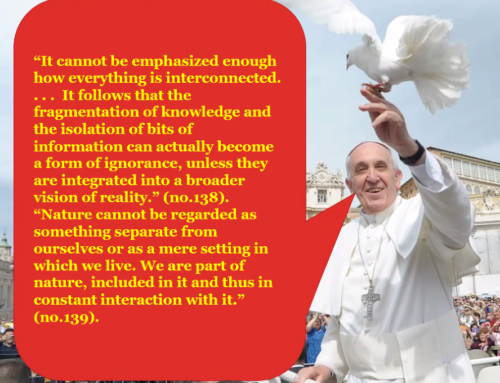Modern scientists seem to have forgotten that quest of science is not to prove materialism true, but to explain the world with a coherent theory. These are two separate things. Materialism is at a bottom a metaphysical position that assumes that ultimate reality consists of lifeless particles and forces with no connection to a mind or intelligence. The world of the materialist is one without direction, purpose or meaning. These mindless particles whiz by, combining, repelling, interacting and disappearing. Somehow, in the early furnace of the Big Bang, the particles decided, against all odds, to form together and rocket toward a world of perfect order, the place we live in now.
But in their quest to prove materialism true, there is no assumption too large, no particle too exotic, and no mental gymnastics too great for them to string together a materialistic world picture.
Scientists become trapped by the error when they ignore the results of the double-slit experiment. Instead of acknowledging the results of the experiment ,– that independent particles do not exist – they instead imagine that in fact the universe consists of the same independent particles the experiment says do not exist. As one of the founders of quantum theory said, “the smallest units of matter are, in fact, not physical objects in the ordinary sense of the word; they are forms, structures or – in Plato’s sense – Ideas, which can be unambiguously spoken of only in the language of mathematics.”[1] On this point, Heisenberg aligns with the conclusions of the idealist philosophers such as Arthur Schopenhauer, who held the “world is my idea,” and Bishop George Berkeley, [p. 129, Principles of Human Knowledge) who found that this thing we call “matter” is simply an idea in the mind.

